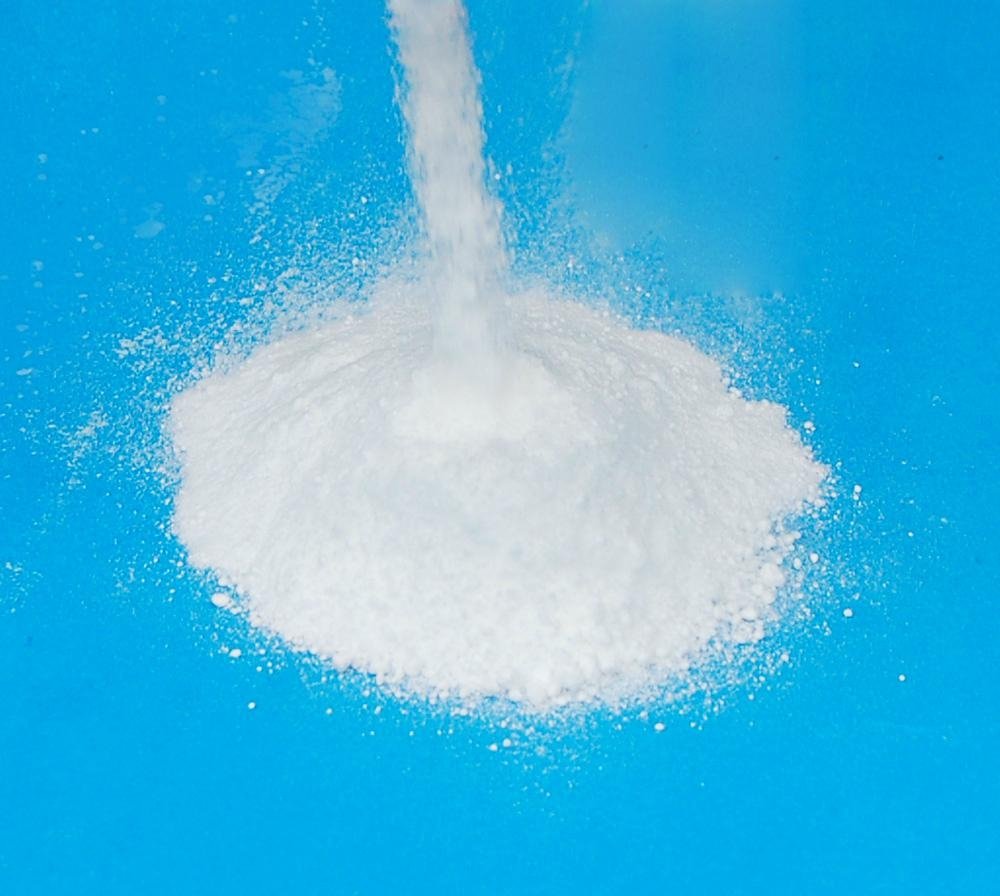
Neither ILO nor WHO nor the European Commission shall be responsible for the interpretation and use of the information contained in this material. The published material is being distributed without warranty of any kind, either expressed or implied. TLV: (respirable fraction): 0.025 mg/m 3, as TWA A2 (suspected human carcinogen).ĮU-OEL: (respirable fraction): 0.1 mg/m 3 as TWA.ĭepending on the degree of exposure, periodic medical examination is suggested.Īll rights reserved. This substance is carcinogenic to humans. The substance may have effects on the kidneys. The substance may have effects on the lungs. May cause mechanical irritation to the eyes, respiratory tract and skin.Ī harmful concentration of airborne particles can be reached quickly when dispersed.Įffects of long-term or repeated exposure This generates fire and explosion hazard. This ingredient is a compound formed by oxygen and silicon that is found in nature in plants, animals, in the form of a mineral and. With the financial assistance of the European Commission. Prepared by an international group of experts on behalf of ILO and WHO, Wash away remainder with plenty of water.Ĭauses damage to the lungs, the immune system and the kidneys through prolonged or repeated exposure if inhaled If appropriate, moisten first to prevent dusting.

Sweep spilled substance into covered containers. Personal protection: particulate filter respirator adapted to the airborne concentration of the substance. Rinse with plenty of water (remove contact lenses if easily possible).ĭo not eat, drink, or smoke during work. A very thin layer (approximately 1 nm or 10 ) of so-called native oxide is formed on. Wear safety goggles or eye protection in combination with breathing protection. Silicon dioxide, also known as silica, is an oxide of silicon with the chemical formula SiO2, most commonly found in nature as quartz and in various living. Silicon dioxide is formed when silicon is exposed to oxygen (or air). Silica nanoparticles, also known as Silicon dioxide nanoparticles or nano sio2, are the basis for a great deal of fields research due to their stability, low toxicity, large specific surface area and small particle size,etc.
Silica dioxide skin#
Rinse and then wash skin with water and soap. Silicon dioxide is a synthetic amorphous polymer with silanol groups on the surface allowing metal adsorption 14, 15. Use local exhaust or breathing protection. Silica is manufactured in several forms including. Silica is most commonly found in nature as sand or quartz, as well as in the cell walls of diatoms.


It has been known for its hardness since ancient times. PREVENT DISPERSION OF DUST! AVOID ALL CONTACT!Īvoid inhalation of dust. The chemical compound silicon dioxide, also known as silica (from the Latin silex ), is an oxide of silicon with the chemical formula SiO2. In case of fire in the surroundings, use appropriate extinguishing media.


 0 kommentar(er)
0 kommentar(er)
